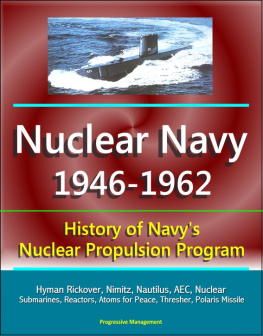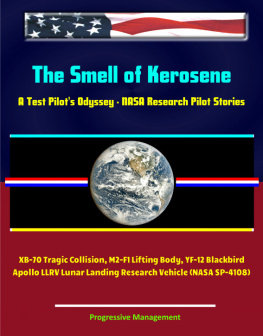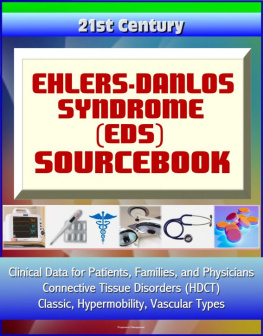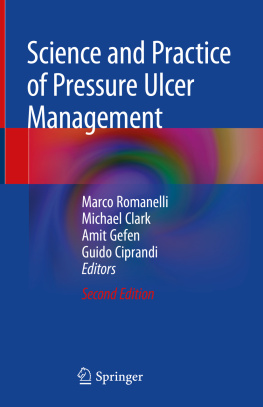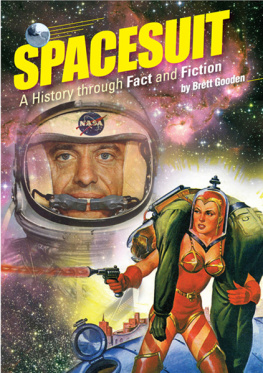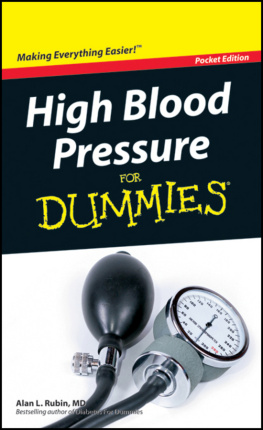Comprehensive History of American AviationPressure Suits - Early Pioneers to Space Shuttle, Kittinger,Crossfield, Neil Armstrong, SR-71, U-2, Navy and Air Force Suits,Asteroid Mission Suit
* * * * * * * * * * * *
Progressive Management
* * * * * * * * * * * *
Smashwords Edition
Copyright 2014 Progressive Management
Questions? Suggestions? Comments? Concerns?Please contact the publisher directly at
Remember, the book retailer can't answer yourquestions, but we can!
* * * * * * * * * * *
Smashwords Edition, License Notes
This ebook is licensed for your personalenjoyment only. This ebook may not be re-sold or given away toother people. If you would like to share this book with anotherperson, please purchase an additional copy for each person youshare it with. If you're reading this book and did not purchase it,or it was not purchased for your use only, then you should returnto Smashwords.com and purchase your own copy. Thank you forrespecting the hard work of this author.
* * * * * * * * * * *
This is a privately authored news service andeducational publication of Progressive Management. Our publicationssynthesize official government information with original material -they are not produced by the federal government. They are designedto provide a convenient user-friendly reference work to uniformlypresent authoritative knowledge that can be rapidly read, reviewedor searched. Vast archives of important data that might otherwiseremain inaccessible are available for instant review no matterwhere you are. This e-book format makes a great reference work andeducational tool. There is no other reference book that is asconvenient, comprehensive, thoroughly researched, and portable -everything you need to know, from renowned experts you trust. Forover a quarter of a century, our news, educational, technical,scientific, and medical publications have made unique and valuablereferences accessible to all people. Our e-books put knowledge atyour fingertips, and an expert in your pocket!

* * * * * * * * * * * *
CONTENTS
* * * * ** * * * * * *
* * * * * * * * * * * *
* * * * * * * * * * * *
Lead Author andPresenter: Jonathan Bowie
Co-authors: Raul Blanco, Richard Watson, CodyKelly, Jesse Buffington, and Stephanie Sipila
NASA Johnson Space Center, Houston, TXSpaceOps 2014, May 5th-9th, Pasadena Conference Center
Introduction and Background
* Mission Requirements
* Concept of Operations
Trade Study
* Pressure Garment Options
* Life Support Options
Proposed Architecture
* Modified Advanced Crew Escape Suit(MACES)
* Portable Life Support System (PLSS)
* EVA Tools
Validation Testing
* MACES and Tools
* PLSS
EVA ARCHITECTURE REQUIREMENTS
* Robotic spacecraft shall enable
* Physical access to the asteroid for the EVAcrew
* Worksite stability sufficient forsampling
* Carry Tools necessary to extract andasteroid sample
* Provide EVA inhibits and safetyfeatures
* Orion spacecraft shall provide
* Capability for crew to perform EVA
* Stow additional EVA tools necessary toobtain asteroid samples
* Return samples to Earth
* Minimize Orion Impacts
* Define as an add on "kit" to Orion
* Minimize Mass
* Two Crew per EVA
* Two EVAs + One Contingency
* Short Duration (~4 hr)
* Low Complexity EVA Tasks
ARCM EVA OPS CON
The following slides show the notional EVAOps Con for the Asteroid Redirect Crewed Mission
Assumptions:
* On SLS/Orion in 2025
* Two crew
* As many as 30 days total mission duration(nominal 26 days)
* Two possible asteroid capture scenarios arebeing debated through the agency
* "Small Rock": Capture an entire smallasteroid (2-10 m long diameter)
* Most likely a "gravel pile"
* Requires a bag-like device to envelopeasteroid
* "Big Rock": Pluck a large boulder (2-10 mdiameter) off of a very large asteroid (1 km or greater)
* More of a solid rock
* Proposed capture devices are all hardstructure with more open access to asteroid
Orion takes approximately 9 days to arrive atAsteroid Redirect Vehicle in a Lunar Distant Retrograde Orbit. EVAcheckout and preparations can be done during transit. Here Orionmakes the final approach before docking.
On the day of EVA, the Orion vehicle rotatesthe stack to light the translation path from the capsule to theasteroid. This is done for lighting and thermal conditioning ofworksite.
After donning the suits, depressurizing thecabin and doing the final safety checks, one astronaut places a gapspanning boom creating a bridge from the cabin to the ARV.
The crew travels down the ARV using in placehandrails toward a set of prepositioned tools in a tool box.Located next to the tool box are up to two worksite stabilizationbooms.
The crew uses the worksite stabilizationbooms to reach multiple locations on the asteroid.
The crew retrieves samples and places theminto a sample container for return to Orion.
The crew will use a variety of tools tocapture asteroids samples.
The crew places the samples in an airtightcontainer that will protect the samples in the Orion cabin.
The crew stows the sample container. Crewreturns to Earth carrying the samples with them.
SPACE SUIT OPTIONS
The following suits were considered forARCM:
* Shuttle ACES
* Orion Modified ACES (MACES)
* Extravehicular Mobility Unit
* Exploration Suit (Z-series)
SPACE SUIT OPTIONS
Suit * Per Crew Mass (lb) * Accounted for inOrion Mass? * Suit Design Focus * Applicability for dual use?
Shuttle ACES (full gear) * ~90 * No *Launch/Entry Survival * -
Modified ACES (Orion Baseline less umbilical)* ~35 * Yes * Launch/Entry Survival * Minor mods for EVA-capableprototyped
EMU * ~140 * No * Microgravity Mobility * Notappropriate for launch and entry
Exploration Suit *(Z-series) * ~140 * No *Planetary Mobility * Not appropriate for launch and entry
Modified ACES suit selected: Orionlaunch/entry suit; mass is already accounted for in Orion baselineMinimal EVA-capability with minor mods being tested to increase EVAcapability
EVA LIFE SUPPORT SYSTEM OPTIONS
The following Life Support options wereconsidered for ARCM:
* Short Umbilical Closed-loop
* Long Umbilical Open loop
* EMU Primary Life Support System (PLSS)
* Exploration Portable Life Support System(PLSS)
EVA LIFE SUPPORT SYSTEM OPTIONS
Life Support Option * Applicability to FutureExploration Missions * Mass Impact for 2 EVA crew (lb) *Applicability to Asteroid Retrieval Mission
Short EVA Umbilical (28' Closed Loop) * No ** Won' t support mission due to short length Orion modificationswould be required due to fan size
Long EVA Umbilical (100' Open Loop) * No *784 * Could support asteroid mission Supplemental O2 tank requiredto support metabolic load - Boost pump would be required for watercooling
EMU PLSS * In use on ISS * -- * Suitintegration effort would be significant Designed for hard uppertorso vs. MACES soft upper torso
Exploration PLSS * Currently underdevelopment * 585 * Could support asteroid retrieval mission
Exploration-PLSS selected: LOWEST massoption; Leverages recent technology development efforts; Benefit toOrion, ISS, and future Exploration Missions
ARCM Space Suit and EVA SystemArchitecture
PROPOSED ARCHITECTURE ACES TO MACES
The baseline suit for the Orion is theModified ACES, a derivative of the shuttle ACES suit.
* The ACES is derived from the originalLaunch/Entry Suit incorporated by NASA as part of the Crew EscapeSystem following the Challenger Accident (1986).
Next page

